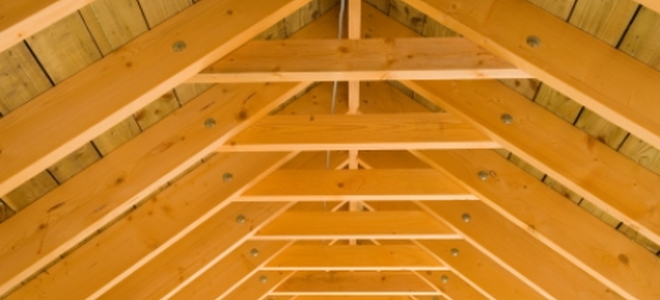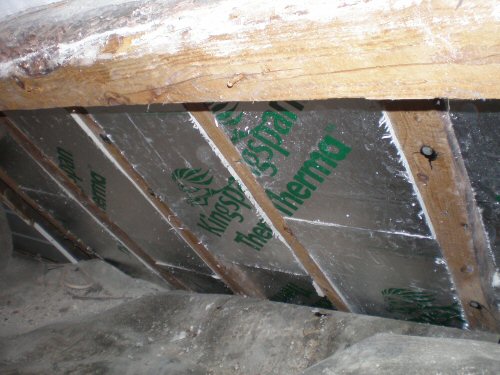

Proprietary access hatches that are both airtight and insulated are readily available. This moisture can potentially lead to condensation and mould problems in the roof space. Access hatches to accessible roof spacesĪccess hatches installed in ceilings to give homeowners entry to the roof space have commonly been a weak point in ceiling performance, by not being insulated and by having gaps in their construction that allow air and moisture to move from living spaces into the roof space. For more information see the BRANZ publication Building Basics Lightweight Steel Framing. The general principles of roof insulation are the same for steel-framed roofs, although there are some slight changes required to where and how insulation is installed in practice for the best results. A second layer should be laid over the framing to reduce the effect of thermal bridging.
ATTIC RAFTER INSULATION INSTALL
Install ceiling space insulation between joists over the ceiling lining where possible as this is where the greatest heat loss occurs. The changes will become mandatory in November 2022. The three existing climate zones will be replaced by six zones. Among other changes, they will require higher levels of thermal performance in the roofs of new buildings.
ATTIC RAFTER INSULATION CODE
Note that significant changes to the Building Code clause H1 Energy efficiency were introduced on 29 November 2021. For example, BRANZ calculations show that there is a clear economic case to specify R4 roof insulation in the lower North Island and R5 in the lower South Island.

Going well beyond this minimum will make a much more comfortable home with lower heating requirements. Minimum roof insulation R-values in the schedule method of NZS 4218:2009 Thermal insulation – Housing and small buildings are R2.9 in climate zones 1 and 2 and R3.3 in climate zone 3. Rigid insulation includes PIR (polyisocyanurate), XPS polystyrene and SIPS (structurally insulated panels).įor information about performance, durability and environmental properties of each material, see our insulation materials factsheet(PDF) and the materials section of this site. Loose fill insulation is available in glasswool, mineral wool, macerated paper and wool.


 0 kommentar(er)
0 kommentar(er)
